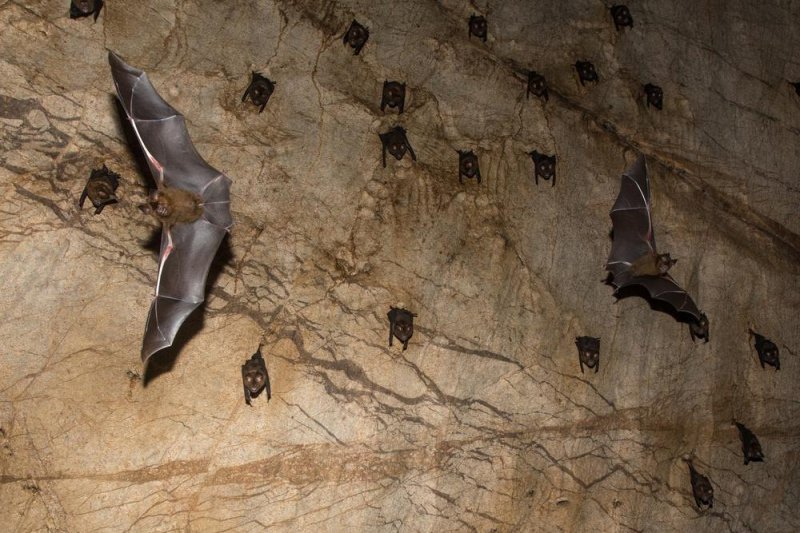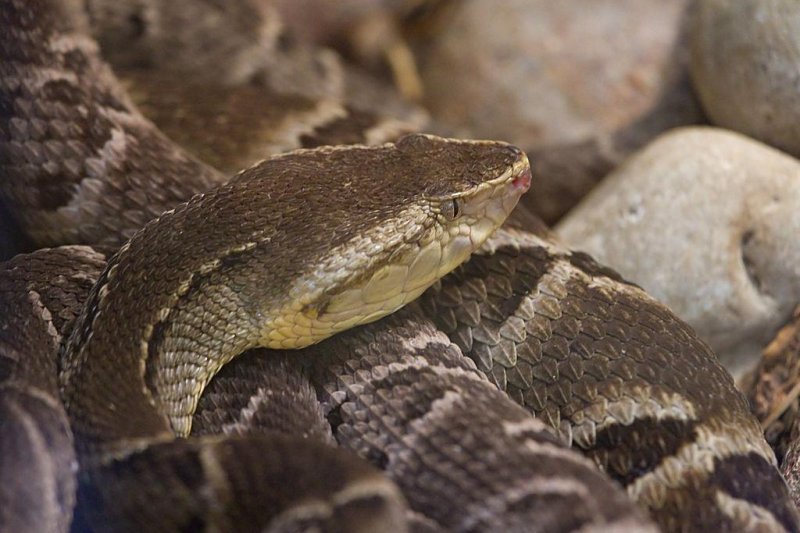Navigation
Install the app
How to install the app on iOS
Follow along with the video below to see how to install our site as a web app on your home screen.
Note: This feature may not be available in some browsers.
More options
You are using an out of date browser. It may not display this or other websites correctly.
You should upgrade or use an alternative browser.
You should upgrade or use an alternative browser.
SARS Update
- Thread starter xotoxi
- Start date
waltky
Wise ol' monkey
The story behind SARS...

Sars: The people who risked their lives to stop the virus
15 August 2013 > Ten years ago, the world was in the grip of a panic over an outbreak of a mysterious illness - Sars.

Sars: The people who risked their lives to stop the virus
15 August 2013 > Ten years ago, the world was in the grip of a panic over an outbreak of a mysterious illness - Sars.
The virus killed hundreds - and infected thousands more - but its impact would have been far more devastating had it not been for the bravery of a handful of doctors and nurses. "It was like a nightmare - each morning you arrived and more people were sick." In 2003, Dr Olivier Cattin was working at the French hospital in Hanoi, in the north of Vietnam. "We got to the Friday and there was only one nurse left on our ward who was able to treat the other nurses, and this nurse was also sick." One day at the end of February that year, a Chinese-American man, Johnny Chen, had arrived with what appeared to be a bad case of flu. Within days, nearly 40 people at the hospital had fallen ill, including a number of the staff. Seven would go on to die.
This was the site where the deadly disease - later named severe acute respiratory syndrome (Sars) - would come to the attention of the world. It was highly contagious, and often deadly. More than 8,000 people around the world were infected, and more than 770 died. But this is a story about people not statistics. The closer you get to the story of Sars, the more overwhelmed you become by the experience, and the heroism, of those who stood on the frontline. War is a metaphor that we often use in relation to the fight against disease. But it is rarely more apt than in the case of Sars.

At the French hospital in Hanoi, panic set in as the doctors reviewed the X-rays of all those who had fallen ill. They knew they were facing something very serious and highly unusual. "All the chest X-rays were abnormal and... were similar to Johnny Chen. We had a panic attack. We were all thinking that they were are all going to die," says Cattin. "One by one, we saw the X-rays and there was a big silence because we could not talk We didn't know what was going on. It was very, very scary." The virus had a highly unusual pattern of transmission. Its peak of infectivity occurred late in the course of the disease when its victims were at their most unwell and usually in hospital care.
Because of this, the worst cases clustered in a few hospital wards and intensive care units in a handful of major cities. And within these, the virus spread like wildfire. When Johnny Chen and some of the first medical staff to care for him all died, they began to understand what they were facing and the risk it posed to the world outside. Full in this knowledge, they took the incredible step of locking themselves in, quarantining themselves away from the city to protect it and their country. "I've never met such amazing doctors and nurses as I did in North Vietnam," says Cattin. "I lost five colleagues, they were friends. We're the survivors of this outbreak."
More BBC News - Sars: The people who risked their lives to stop the virus
waltky
Wise ol' monkey
Bats and snakes make possum run an' hide behind the couch...
Researchers find SARS-like virus that can jump from bats to humans
Nov. 10, 2015 - The virus, which has not infected humans, was not susceptible to previously effective SARS drugs.
See also:
Snake venom may stop bleeding in surgeries for patients on blood thinners
Nov. 11, 2015 - The venom, when combined with a hydrogel, closed surgical wounds on rats treated with anti-coagulants in 20 seconds or less.
Researchers find SARS-like virus that can jump from bats to humans
Nov. 10, 2015 - The virus, which has not infected humans, was not susceptible to previously effective SARS drugs.
Researchers identified a SARS-like virus that can jump from bats to humans, though it has not done so, and there is no indication whether it can spread from human to human if it made the leap. SARS-CoV jumped from animals to humans in 2003, causing progressively worse flu-like symptoms in about 8,000 people and killing nearly 800. No new cases of the viral illness have been reported since 2004.

The virus was shown in the lab to have the ability to invade human cells, scientists said.
"Studies have predicted the existence of nearly 5,000 coronaviruses in bat populations, and some of these have the potential to emerge as human pathogens," Dr. Ralph Baric, a professor of epidemiology at the University of North Carolina Chapel Hill, said in a press release. "So this is not a situation of 'if' there will be an outbreak of one of these coronaviruses but rather when and how prepared we'll be to address it." Scientists involved with the research identified SHCC014-CoV in Chinese horseshoe bats as being able to jump between bats and humans using the same cell receptor for entry. They also demonstrated the virus can replicate well in human lung cells.
Baric said treatments used to seemingly eradicate SARS-CoV didn't effect SHCC014-CoV, which means new treatments should be looked into with the potential for it to infect humans. He raises concerns, however, about cuts to federal government funding for gain of function research. "Building resources, rather than limiting them, to both examine animal populations for new threats and develop therapeutics is key for limiting future outbreaks," Baric said. The study is published in Nature Medicine.
Researchers find SARS-like virus that can jump from bats to humans
See also:
Snake venom may stop bleeding in surgeries for patients on blood thinners
Nov. 11, 2015 - The venom, when combined with a hydrogel, closed surgical wounds on rats treated with anti-coagulants in 20 seconds or less.
Surgeries may become safer for people who take blood-thinning medications, according to researchers at Rice University who found snake venom in hydrogels can be used as an effective clotting agent whether or not a patient is on an anti-coagulant. Anti-coagulant and blood thinning drugs are used with patients who have cardiac conditions or are at risk for stroke. In surgical patients who take these drugs, doctors can apply pressure or use sutures, foams or adhesives to control bleeding and promote blood to clot after surgery but these can include toxic ingredients or spur an allergic reaction. The researchers found combining Batroxobin, an enzyme found in the venom of two types of South American pit viper, with a hydrogel called SB50 allowed for quick healing of surgical wounds in lab experiments.
"Controlling perioperative bleeding is of critical importance to minimize hemorrhaging and fatality. Patients on anticoagulant therapy such as heparin have diminished clotting potential and are at risk for hemorrhaging," researchers wrote in the study, published in Biomaterials Science and Engineering. "This snake venom-loaded peptide hydrogel can be applied via syringe and conforms to the wound site resulting in hemostasis. This demonstrates a facile method for surgical hemostasis even in the presence of anticoagulant therapies."

The Brazilian Lancehead, above, is one type of South American pit viper whose venom contains Batroxobin, an enzyme that has been used to clot blood since 1936.
Researchers loaded Batroxobin, which has been used as a coagulant since 1936, into a syringe with synthetic, self-assembling nanofibers that resemble a gel when injected at the site of a wound. In testing with rats being treated with heparin, the gel closed wounds in between 6 and 20 seconds and stayed closed after further "prodding" of the sites. In addition to the venom-spiked gel, researchers tried the hydrogel with Batroxobin, Batroxobin without hydrogel, and two other hemostats that act like the researchers venom-containing hydrogel and found they didn't work as well.
"Heparin blocks the function of thrombin, an enzyme that begins a cascade of reactions that lead to the clotting of blood," said Jeffrey Hartgerink, a chemist at Rice University, in a press release. "Batroxobin is also an enzyme with similar function to thrombin, but its function is not blocked by heparin. This is important because surgical bleeding in patients taking heparin can be a serious problem. The use of batroxobin allows us to get around this problem because it can immediately start the clotting process, regardless of whether heparin is there or not." Further testing will be needed before the Food and Drug Administration will approve SB50 for use because, researchers said, because while Batroxobin has approval SB50 does not.
Snake venom may stop bleeding in surgeries for patients on blood thinners
Similar threads
- Replies
- 140
- Views
- 3K
- Replies
- 1
- Views
- 97
- Replies
- 83
- Views
- 2K
- Replies
- 14
- Views
- 336
Latest Discussions
- Replies
- 52
- Views
- 308
- Replies
- 120
- Views
- 492
- Replies
- 250
- Views
- 2K
- Replies
- 1K
- Views
- 9K
Forum List
-
-
-
-
-
Political Satire 9268
-
-
-
-
-
-
-
-
-
-
-
-
-
-
-
-
-
-
-
ObamaCare 781
-
-
-
-
-
-
-
-
-
-
-
Member Usernotes 497
-
-
-
-
-
-
-
-
-
-